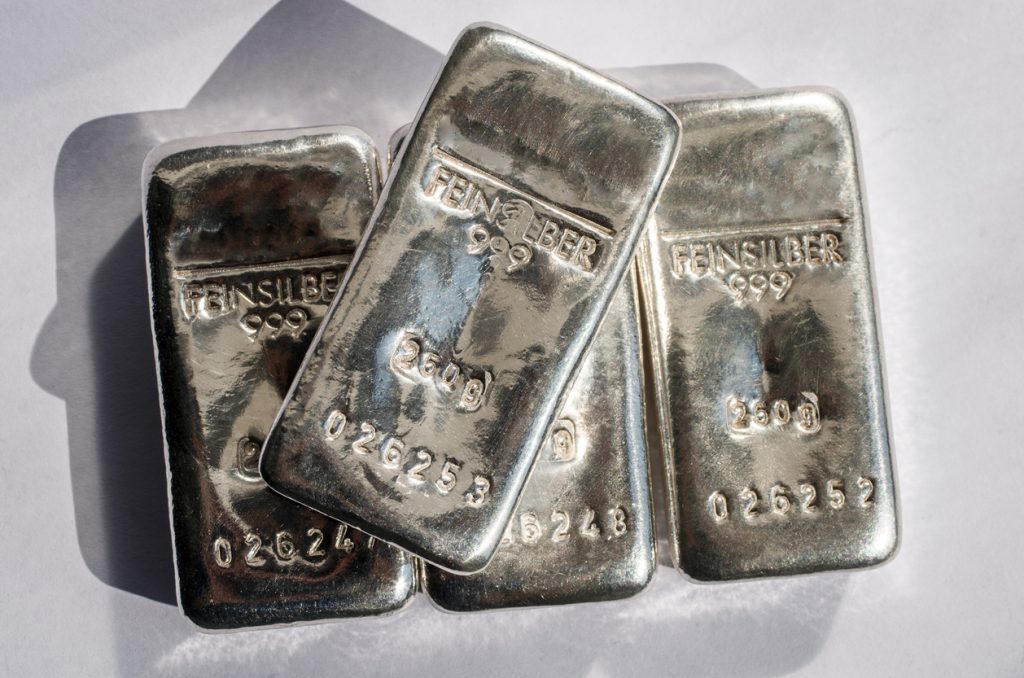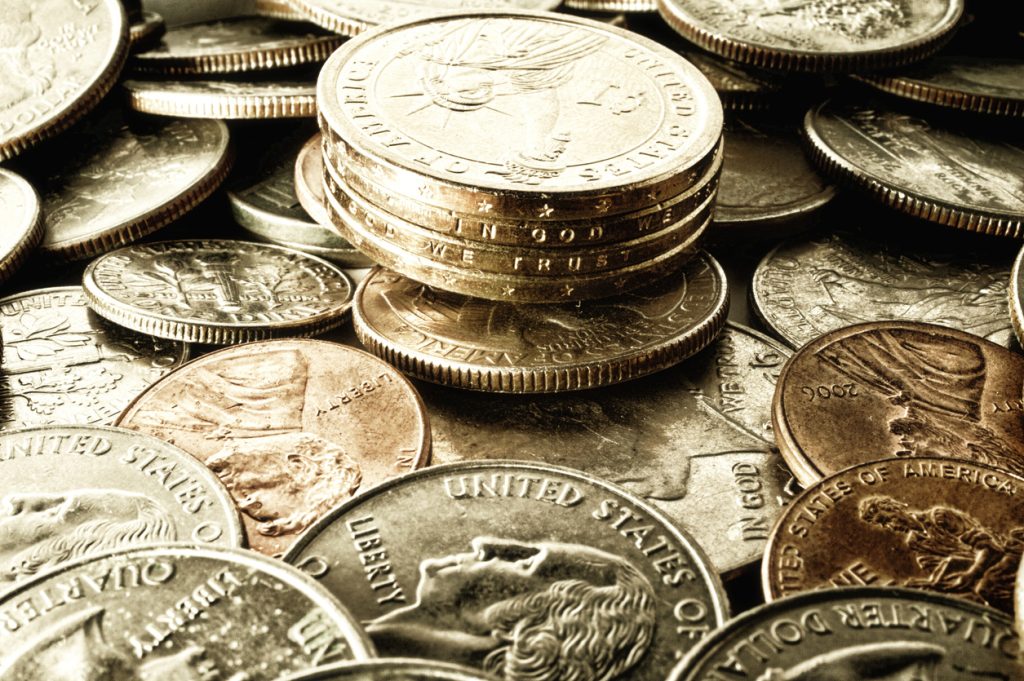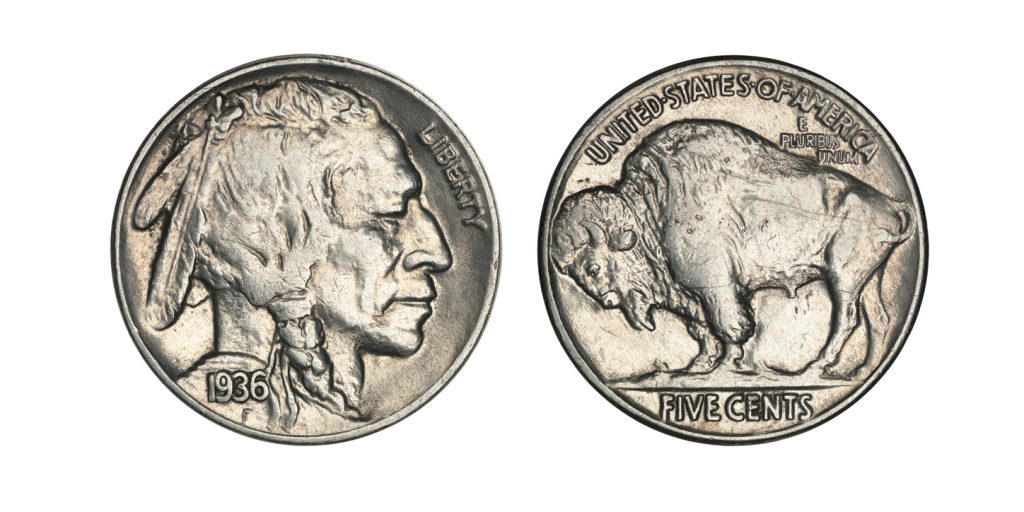What is Bullion?
Bullion refers to precious metals such as gold, silver, platinum, or palladium in bars or ingots. These metals are typically traded and stored for investment purposes, and the current market price determines their value for the particular metal.
Bullion is generally considered a relatively stable and safe investment option, as the value of precious metals tends to hold up well over time. In addition, because bullion is a physical asset, it can be stored and secured in various ways, such as in a safe or through a custodial service.
Bullion is often bought and sold through specialized dealers and can be used for various purposes, including investment, collection, or as a store of value.
Bullion is a non-ferrous metal. Non-Ferrous metals are alloys or metals that do not contain iron. All pure metals are considered non-ferrous. Bullion is refined to a high standard of purity. It is used in the production of coins and gold and silver bars. Bullion can also include platinum and other derivatives.
Bullion is bought and sold worldwide, but the London Bullion Market is known as the primary global market trading platform for gold and silver.
The Londan Bullion Market
The London Bullion Market Association (LBMA) is a trade association that represents the global market for gold and silver bullion. The LBMA was founded in 1987 and is based in London, UK.
The LBMA’s primary role is to establish and promote best practices in the global bullion market, to ensure transparency and integrity. The association sets standards for the quality and purity of gold and silver bullion, and maintains a list of accredited refiners who meet these standards.
The LBMA also provides a forum for its members to exchange information and engage in industry discussions, and conducts research and analysis on market trends and developments. The association also oversees the London Good Delivery system, which is the international standard for the trading of gold and silver bullion.
The LBMA is a key player in the global bullion market, and its members include banks, brokers, refiners, and other companies involved in the production, trading, and storage of bullion. The association plays an important role in promoting transparency and good governance in the bullion market, and its activities help ensure the market remains fair, efficient, and reliable.
According to the London Bullion Market Association, the acceptable fineness of the Good Delivery Bars is 99.9% for gold and 99.9% for silver bars. The Good Delivery specification is a set of rules issued by the London Bullion Market Association.

What is the World Gold Council?
The World Gold Council is a market development organization for the gold industry. It is involved across all parts of the gold industry, from mining to investment. Its purpose is to stimulate and sustain demand for gold.
The World Gold Council and the London Bullion Market Association are working together to develop and implement an international system of gold bar integrity.

Are Gold and Silver Coins Considered Bullion?
Yes, gold and silver coins can be considered a form of bullion. Bullion refers to precious metals in bars or ingots, but it can also include coins made from precious metals like gold and silver.
Many gold and silver coins are specifically produced as a form of bullion, and are valued based on their metal content and market price.
These coins are often referred to as “bullion coins,” and government mints typically produce them or private refiners.
Bullion coins may have a legal tender value, which means they can be used as currency in their country of origin. However, their actual value is determined by their metal content and market price, rather than their face value.
Gold and silver coins produced primarily for collectors or as commemorative items are not typically considered bullion, as they may have a higher premium over their metal content and are valued based on their rarity or historical significance, rather than just their metal value.

American Eagle Bullion Coins and are they Considered Bullion?
American Eagle coins are a type of bullion coin produced by the United States Mint. They are made from gold, silver, platinum, or palladium, and are considered a convenient and cost-effective way for investors to purchase and hold precious metals.
Here are some facts about American Eagle coins:
The American Eagle gold coin was first introduced in 1986, while the silver, platinum, and palladium versions were later introduced.
The gold coins are minted in 1/10, 1/4, 1/2, and 1 ounce sizes, while the silver coins are minted in 1 ounce size only. The platinum coins are minted in 1/10, 1/4, 1/2, and 1 ounce sizes, while the palladium coins are minted in 1 ounce size only.
The design of the American Eagle coins features iconic American imagery, such as the Statue of Liberty on the opposite side and a bald eagle on the reverse side.
American Eagle coins are legal tender in the United States, with face values ranging from $5 for the 1/10 ounce gold coin to $50 for the 1 ounce gold coin. However, their actual value is determined by their metal content and market price, rather than their face value.
The US government guarantees American Eagle coins for their weight, content, and purity, and is produced with high quality control.
American Eagle coins are a popular and well-regarded form of bullion, and are widely traded and held by investors around the world.

American Buffalo Bullion Coins
The American Buffalo Bullion Coin is a type of gold bullion coin produced by the United States Mint. Here are some facts about American Buffalo Bullion Coins:
The American Buffalo Bullion Coin was first introduced in 2006, and it was the first 24-karat gold bullion coin ever produced by the US Mint. It was introduced to compete with other popular 24-karat gold coins, such as the Canadian Maple Leaf and the Austrian Philharmonic.
The American Buffalo Bullion Coin features the image of a Native American on the opposite side and an American bison (also known as a buffalo) on the reverse side. The design is based on the original Buffalo Nickel, produced from 1913 to 1938.
American Buffalo Bullion Coins are minted in 1 ounce size only, and are made from .9999 fine (24-karat) gold. They have a face value of $50, although their actual value is determined by their metal content and market price.
The US Mint guarantees the weight, content, and purity of American Buffalo Bullion Coins, and they are produced with high quality control. They are also eligible for inclusion in Individual Retirement Accounts (IRAs).
American Buffalo Bullion Coins are a popular choice for investors looking to hold physical gold as part of their investment portfolio. They are widely traded and recognized around the world, and their 24-karat gold content makes them a valuable and desirable asset.
What are Private Mints and Why are they Important in Producing Bullion Coins?
Private mints are companies that specialize in the production of bullion coins and bars, as well as other forms of precious metal products. Unlike government mints, which are typically run by national governments, private companies run private mints and do not have the backing of a government.
Private mints are important in producing bullion coins for several reasons:
Increased variety: Private mints can produce a wider variety of bullion products than government mints, including unique designs and sizes that may not be available from government sources.
Lower premiums: Private mints often produce bullion products at a lower cost than government mints, which can translate into lower premiums for investors.
Flexibility: Private mints are often more flexible than government mints, which can quickly respond to changes in market demand or fluctuations in precious metal prices.
Innovation: Private mints are often at the forefront of technological innovation, and may use new production techniques or materials to create innovative and unique bullion products.
While private mints do not have the same level of government backing or prestige as government mints, they are an important part of the bullion market and provide investors with various options for acquiring physical precious metals.
It is important for investors to do their due diligence and research the reputation and quality of any private mint before purchasing their products.

How are Gold Prices, Silver Prices, and Bullion Prices Determined?
The prices of gold, silver, and other precious metals are determined by various factors, including supply and demand, global economic and political conditions, currency exchange rates, and market sentiment. Here are some key factors that can impact gold prices, silver prices, and bullion prices:
Supply and demand: Like any commodity, the price of gold, silver, and other precious metals is influenced by supply and demand factors. When demand for these metals is high and supply is low, prices typically rise, and vice versa.
Global economic and political conditions: The prices of precious metals can also be affected by global economic and political conditions, such as inflation, interest rates, trade tensions, and geopolitical unrest. For example, during times of economic uncertainty, investors may turn to precious metals as a safe haven asset, which can drive up prices.
Currency exchange rates: The prices of precious metals are typically denominated in US dollars, so fluctuations in currency exchange rates can impact the prices of these metals in other currencies.
Market sentiment: The prices of precious metals can also be influenced by market sentiment and investor perceptions of risk and reward. For example, if investors are optimistic about the economic outlook, they may be less likely to invest in safe-haven assets like gold, which can drive down prices.
In general, the prices of gold, silver, and other precious metals are determined by a complex interplay of these and other factors. Prices are typically set in the global over-the-counter (OTC) market, as well as through futures contracts and options.
Investors can track prices through various sources, including financial news websites, market data providers, and precious metals exchanges.

Paulding Pawn Shop
If you are wondering where to buy gold, silver, bullion coins, or other precious metals, consider stopping by Paulding Pawn located in Paulding County, GA.
They do their best to pay the most based on current Gold Prices and Silver Prices. With prices changing everyday, they pay top dollar for your gold and silver.
There are several types of gold and silver, such as; 10k, 14k, 18k, 22k, Pure, 585, 750, 800, 925, and Sterling. These types typically identify the percentage of gold or silver in your item. For example, 14k means 58.5% gold, where 22k means 91% gold. The purer your gold or silver, the more we pay.
The shop has bullion coins and bars for sale, and they also accept them as collateral for pawn loans. With gold and silver prices higher than they have been in previous years, it may be a good time to trade in those silver bullion coins or gold bars for quick cash.
Stop in and see them today!
